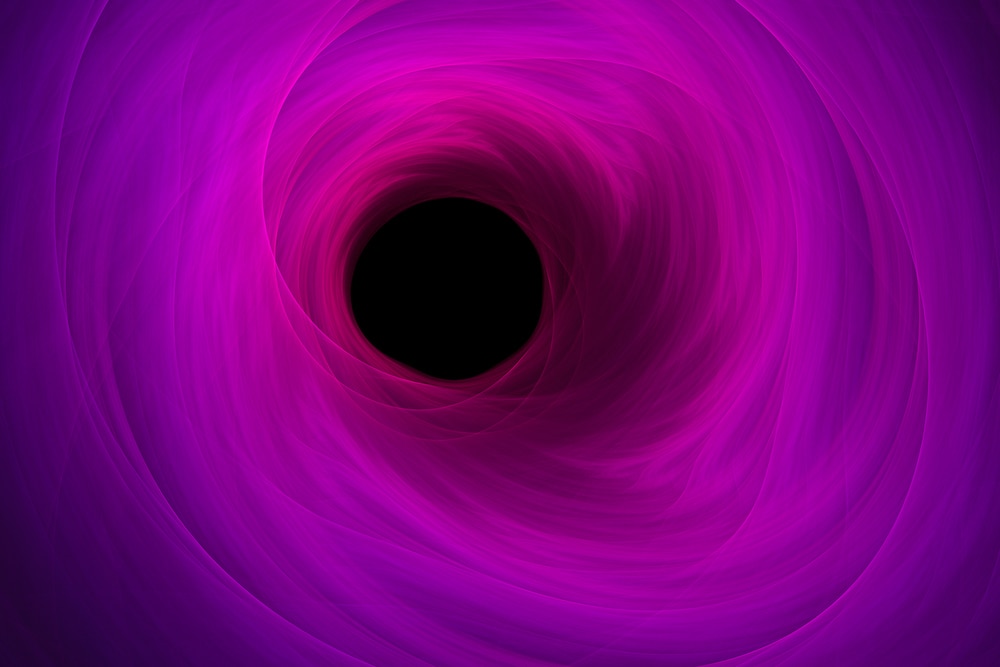Every organ in our bodies starts out as a vortex
Just don't look inside...

Before a heart becomes a heart or intestines become intestines, what do they start out as? Enter the vortex.
When an embryo (of a human or anything else) is developing, it is created by cells, but how the shapes of different organs and tissues actually came into being was unknown until now. These different shapes are what you get when biology and physics collide. Researcher Karsten Kruse of the University of Geneva (UNIGE), who led a study recently published in Nature Materials, has now seen new tissue emerging in a vortex that results from cells arranging themselves.
“The human muscle cells we took in the experiments are capable to migrate on a surface,” Kruse told SYFY WIRE. “They always move along their long axis. When they are arranged in a spiral, the motion that results is a spinning motion of the spiral.”
Before the cells started performing the vortex feat, they had to be grown on micro-discs and kept on the disc as they multiplied. Using fibronectin attracted the cells so they would stay where they were supposed to. The glass beneath the discs was covered in polyethylene glycol (PEG), which the cells stayed away from because they were unable to adhere to it. They were then fed with nutrients so they would keep growing and dividing. What Kruse and his team wanted to see is if those cells would be capable of forming simple shapes when confined to the discs.
Enough cells eventually formed to cover the entire surface of the disc, but they didn’t stop there. The team chose human muscle cells because their rod alignment. As they kept multiplying, the repulsive PEG molecules forced them to stay on the circular disc and arrange themselves in what eventually turned into a spiral, then an aster. The problem for the cells was that they could not leave the disc. Because they still continued to replicate themselves, they went upwards and formed a protrusion in the center of the disc — a topological defect.
“Being a physical property of living matter, we think that topological defects provide a general means to guide the development of tissues, and hypothesize that they could be exploited by nature during organismal development,” said Kruse.
Any change in direction will produce a topological defect. The defect observed here was the protrusion of newly formed cells in the middle of the disc, since the cells kept self-replicating but had nowhere else to go. Leaving the disc was not an option. When the protrusion formed, the cells in it also continued spiraling upward as they multiplied, and it began to eerily resemble a vortex. It is now thought that this happens spontaneously in an embryo without any chemical intervention needed to keep cells in one place as they build structures.
It is possible that this research could influence how tissues, organoids, and (in the further future) maybe even entire organs are grown in vitro. Topological defects can take charge of the shape of the way that cells arrange themselves and, in doing that, also control how the developing organ turns out. They are forced to put everything they have into creating shapes that later turn into organs. Meaning, cells obey the laws of physics. Exactly what physics are behind this is still a question to be answered.
“The spiral is essentially a geometric effect,” said Kruse. "The physics behind these transitions is rather involved and not yet completely understood.




























